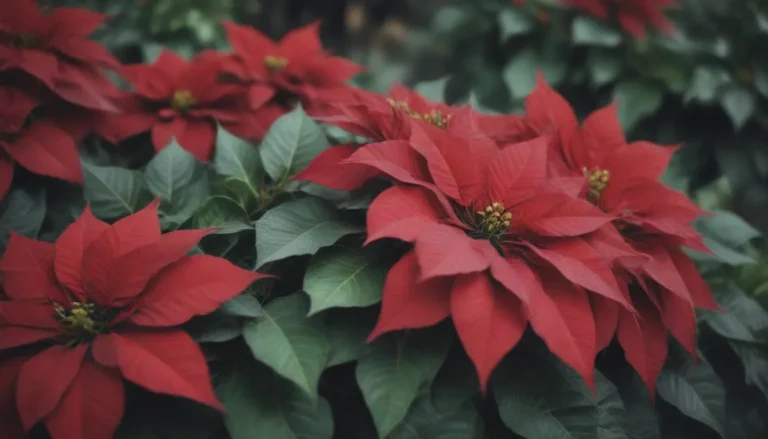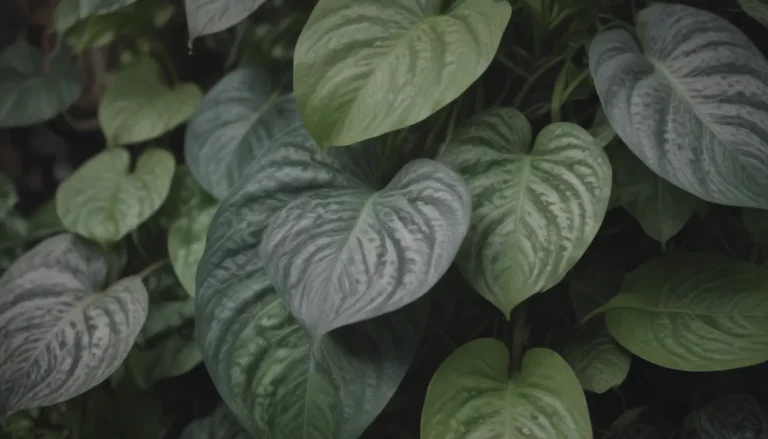The Complete Guide to Growing and Caring for Rue Anemone

Are you looking to add a touch of elegance to your garden with the delicate beauty of rue anemone? This spring-blooming perennial, native to eastern North America, is a stunning addition to any wildflower or woodland garden. In this comprehensive guide, we’ll explore everything you need to know to successfully grow and care for rue anemone in your own outdoor space.
Introduction to Rue Anemone
Rue anemone, scientifically known as Anemonella thalictroides, belongs to the buttercup family (Ranunculaceae). This perennial plant grows in clusters and spreads via its thin tuberous root system. It features small basal leaves and delicate white flowers tinged with pink that bloom in spring. As the summer heat arrives, rue anemone goes dormant and dies back until the following spring. While not listed as a toxic plant, it’s important to note that the foliage of rue anemone is toxic to humans and animals.
Benefits of Rue Anemone:
- Well-suited for wildflower or woodland gardens
- Slow-growing but forms long-lived colonies
- Adds a touch of elegance with delicate white flowers
Rue Anemone Care Tips
To ensure the health and longevity of your rue anemone plants, it’s essential to provide the right care and growing conditions.
Light
Rue anemone thrives in partial shade, making it an excellent choice for planting under deciduous tree canopies. During the spring months, they prefer dappled light, but they can tolerate full shade when dormant in the summer.
Soil
These plants prefer loamy, well-drained soils that are slightly sandy in composition. Avoid overly moist conditions and ensure the soil is nearly neutral in pH. Adding a thin layer of mulch can help retain moisture and protect against late spring frosts.
Water
Rue anemones are fairly drought-tolerant and do not require excessive watering. Keep the soil moderately moist to ensure the longest bloom period in spring. Avoid overwatering to prevent root rot and early dormancy.
Temperature and Humidity
Rue anemones are hardy in zones 4a to 8a and can tolerate hard spring frosts. However, they do not thrive in hot, sunny, or humid conditions. Ensure they are planted in a suitable climate to support healthy growth.
Fertilizer
These native wildflowers do not require supplemental feeding if grown in well-draining, humus-rich soil. Applying a layer of compost as mulch in the fall can provide the necessary nutrients for healthy growth.
Types of Rue Anemone
The most common rue anemone species is Anemonella thalictroides, with the ‘Rosea’ cultivar featuring pink flowers. These plants can be propagated through root division, making it easy to expand your rue anemone collection.
Propagating Rue Anemone
To propagate new plants, simply divide the clusters of small tuberous roots. Wear gloves to avoid skin irritation and carefully separate the roots to create new plants. Alternatively, rue anemones can also be grown from seeds collected in early summer.
Common Pests & Plant Diseases
While rue anemones are generally trouble-free, they may be susceptible to fungal diseases in moist conditions. Powdery mildew, rust, and leaf smut can be controlled with fungicide sprays if necessary. Additionally, keep an eye out for slugs, which can be controlled by hand-picking or baiting.
How to Get Rue Anemone to Bloom
If your rue anemones are not flowering as expected, there may be several reasons, including plant immaturity, insufficient moisture, or excess sunlight. Address these issues to promote healthy blooming in the spring.
Common Problems with Rue Anemone
One of the common challenges with rue anemone is its natural dormancy during the summer months, leaving empty spots in the garden. To remedy this, consider planting them among other shade-loving perennials that fill out later in the season.
Identifying Rue Anemone
Rue anemone can sometimes be confused with similar species such as wood anemone or false rue anemone. However, distinct features such as the number of petals on the flowers and the arrangement of leaves can help differentiate rue anemone from its look-alikes.
In conclusion, rue anemone is a beautiful addition to any garden, offering delicate blooms and graceful foliage. By providing the right growing conditions and proper care, you can enjoy the beauty of this spring-blooming perennial in your outdoor space. Whether you’re a seasoned gardener or new to gardening, rue anemone is a must-have plant for adding charm and elegance to your landscape.





